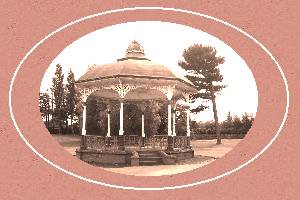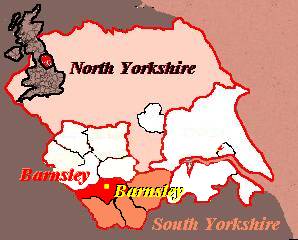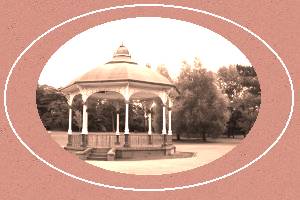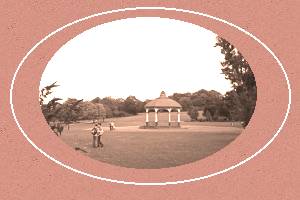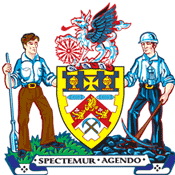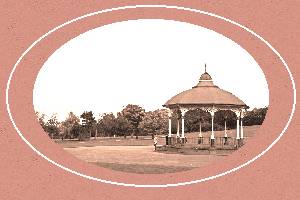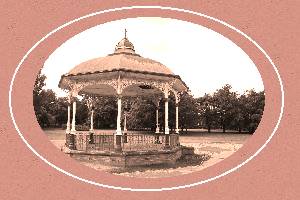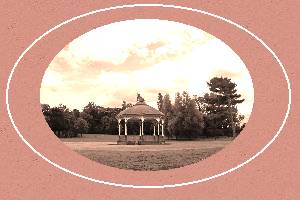
|
Locke
Park
Locke Park was given to the
town by Phoebe Locke, in memory of her husband Joseph Locke. It opened
in 1862. The Tower was erected in memory of Phoebe by her sister
Sarah McCreery, in 1877. Sarah also donated a further twenty acres of land
to extend the top part of the park.
|
|

|
|
Largely
a dormitory town, attracting commuters who work in Leeds and Sheffield,
Barnsley is over 70% rural, despite its industrial heritage, and as such
has become a much sought after place to set up home.

Joseph
Locke (1805-1860) was involved in building the national railway network
which is in operation today. He became an MP in 1847 and elected
President of the Institute of Civil Engineers. His wife was Phoebe,
daughter of the poet John McCreery.
|
|
The land is held in trust
by the Council as a park and pleasure ground for the people of Barnsley.
It is ‘the People’s Park’
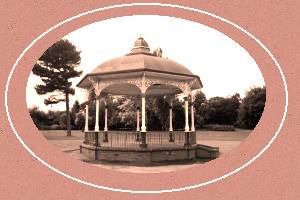
Today there is a lot of interest
in the park and many people have happy childhood memories of the park.
However there are problems with vandalism, graffiti and dog fouling. New
facilities and events are needed to attract people into the park.
The 'Friends of Locke Park'
are working with the Council to develop and improve the Park. Widespread
consultation has taken place to find out what people like and dislike about
the park, and what improvements, new facilities and events they would like.
( History
of Locke Park : Barnsley MBC )
|
|
